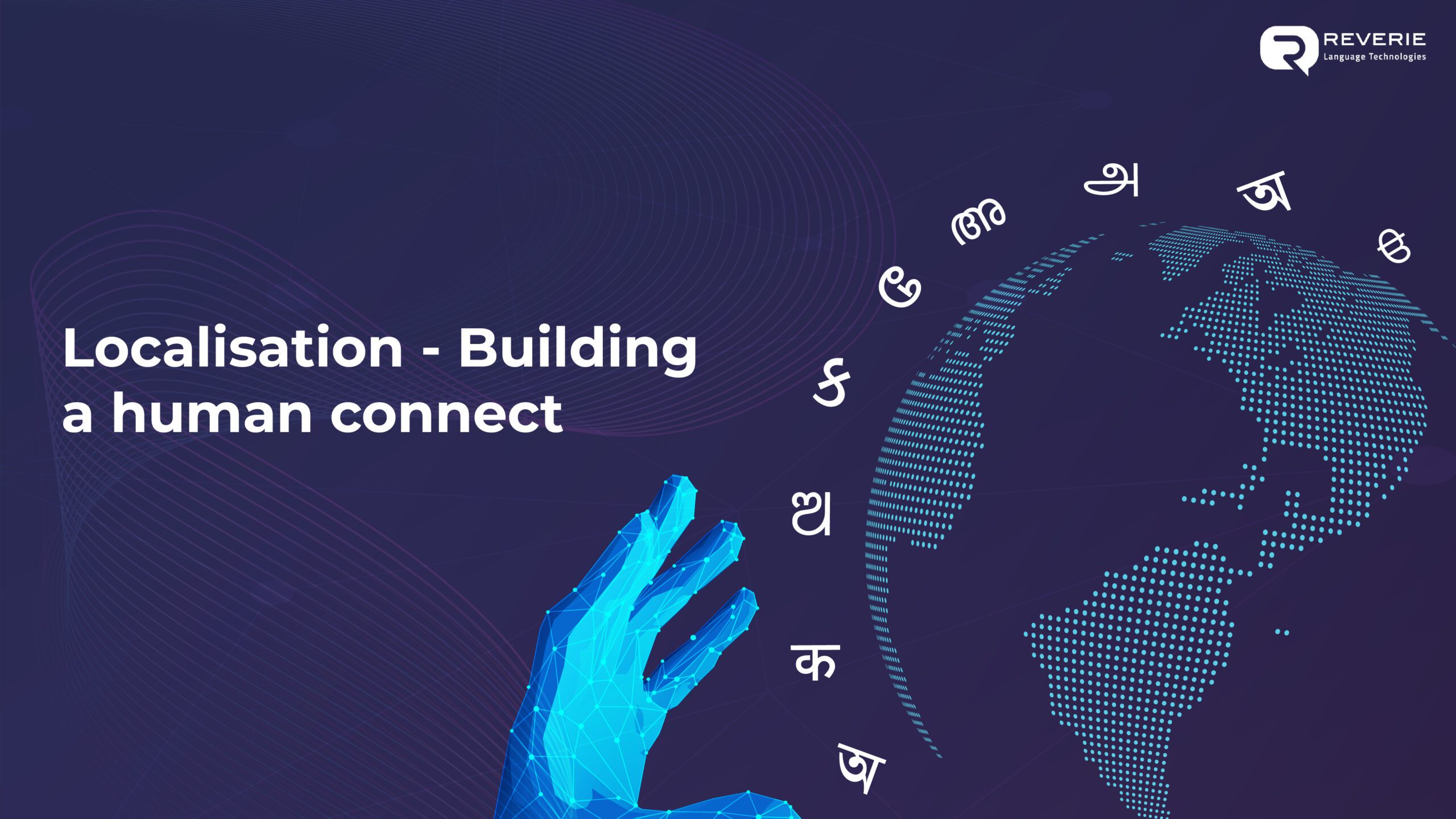Localization, while it can have numerous benefits for platforms, is more than just a way to meet lead targets and user growth. In a previous post, we spoke about how localization can also help platforms capture market share by making them readily usable by the tens of millions of new internet users who will seek out content and platforms in their own language.
After all, the Indian internet is Indian language speaking, something that will only keep increasing with time. According to a Google KPMG report, 90% of India’s new internet users from 2016-2021 will use an Indian language, not English.
Localization’s Deeper Play
However, localization as a strategy goes deeper than all that. It’s more than just impressive numbers and growing percentages and ambitious targets to hit.
At its very heart, localization is a powerful way to empower Indian language internet users as a demographic. And we’re talking about a large demographic here, hundreds of millions of Indians. It can empower Indian languages themselves, languages that have not been able to effectively take advantage of the possibilities the digital era offers them.
Despite having centuries of literary tradition and lakhs of speakers, India’s official languages have all been grappling with one common problem – adapting to the demands and the potential of the internet. The issue has proven challenging to solve since it consists of numerous smaller issues that need to be sorted out independently first.
Our Languages Suffer From Limited Digital Support
The importance of solving this issue cannot be understated, given how most Indians simply prefer using their own language in all contexts, including on digital platforms. Their limited support online and on digital platforms has single handedly driven these same Indians to use English instead, even if this means struggling, and ultimately, not being able to make the most of platforms, even for essential services.
In human terms, this means that tens of millions of Indians essentially cannot use the internet to carry out anything more than the most basic of tasks, while English users have the privilege of being able to use the Indian internet with no restrictions. It’s no wonder that stakeholders in various Indian languages have been viewing the digital era as a challenge.
Clearly, this imbalance is not a good sign. Localization as a tool and a process can go a great deal in righting this imbalance.
Government Measures And The Responsibility Of Companies
On one hand government bodies have been doing their part to introduce and enforce certain basic standards that companies need to adhere to, for example the Indian Bureau of Standards’ mandate calling for support in all official Indian languages on all digital devices sold in India. This essentially makes sure that companies end up following Indian language friendly methods.
At the same time however, companies also need to realize that adopting localization is more than merely for business reasons. Localization has a human side to it, something that the intimate connection of language enables. The more services available to users in their language, the more connected the language’s speakers will be with the internet and what it has to offer. This includes content, information, services, and other needs.
In addition, localization can help languages expand in another aspect – their vocabulary.
Helping Indian Languages Grow Technical Vocabulary
By localizing platforms, companies can build a deeper connect with users yes, but they can also end up empowering the speakers of these languages by giving them access to a wide variety of services in their own language, without the intermediary of English. Indians can then confidently use the internet for a wider range of purposes than ever before, and the technical usage of these languages will develop accordingly.
We’ve all chuckled at funny sounding technical terms in Indian languages, while using their English equivalents without giving them a second thought. This difference can be explained by the fact that we use these words in English all the time and they’ve become normalized, while their Indian language equivalents only exist on paper and are not seriously used by Indians. Localization could help bring about this change by making these technical words available on digital platforms, and by extension, in the consciousness of the speakers of these languages.
Conclusion
While localization is primarily thought of in business terms, we’ve seen how it can enable so much more when it comes to developing a language and providing access to speakers of that language. Companies should see themselves as providing a role here, going beyond mere business impact to positively impact communities and languages themselves. This responsibility cannot be escaped, since most digital services available online, including most ones we love, are provided by companies and not government bodies.



